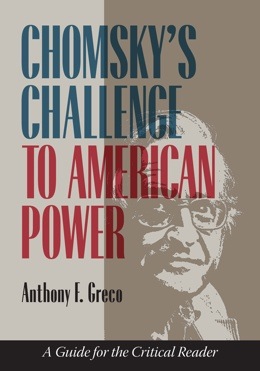In my last post I noted without elaboration that the problem of police racism is neither simple nor straightforward. Now I’ll try to explain.
First, we need to consider the nature of contemporary racism in the United States. For centuries, most white Americans consciously viewed blacks as in various ways innately inferior to whites. That outlook, which I’ll call “primitive racism,” started to decline in the 1950s and 1960s and today is quite rare. Not many white Americans will admit to others or even to themselves that they hold prejudicial views of African Americans as a social group.
And yet, numerous studies have demonstrated beyond any reasonable doubt that significant anti-black discrimination by the white majority persists across broad sectors of American life, for example, in housing, employment, and–most importantly for this discussion–in law enforcement. Sometimes the discrimination is conscious, practiced for ostensibly justifiable motivations, but often it is unconscious. For example, Nicholas Kristof, in one of his columns on “When Whites Just Don’t Get It,” pointed to a study in which researchers showed people sketches of a white man with a knife confronting an unarmed black man in the subway. In one version of the experiment, 59 percent of research subjects later reported that it had been the black man who held the knife.
The notion that we are a color-blind society is a comfortably pleasant myth. Conscious, primitive racism has been superseded by racism that operates in more subtle, often unconscious ways. I’ll call this more common phenomenon “operational racism.”
Operational racism in law enforcement is very well documented. One study found that black men get sentences that are on overage one-fifth longer than those of whites who commit the same crimes. Kristof has usefully marshaled some of the evidence on disparities in arrest rates:
Surveys overwhelmingly find that similar percentages of blacks and whites use illegal drugs. Yet the Justice Department says that blacks are arrested for such drug offenses at three times the rate of whites.
One study in Seattle found that blacks made up 16 percent of observed drug dealers for the five most dangerous drugs and 64 percent of arrests for dealing those drugs.
Likewise, research suggests that blacks and whites violate traffic laws at similar rates, but blacks are far more likely to be stopped and arrested. The Sentencing Project, which pushes for fairer law enforcement, cites a New Jersey study that racial minorities account for 15 percent of drivers on the turnpike, but blacks account for 42 percent of stops.
So, no reasonable person can deny that operational racism is a widespread problem in law enforcement in the United States. But does that apply to New York City? How can a police department that is approaching 50% minority (24% Hispanic, 16% black, 4% Asian) have a problem with racism?
The relative diversity in the ranks of New York policemen undoubtedly has positive consequences for police behavior. The NYPD is almost surely better than many other police departments in the US on matters of race. But it’s naïve to believe that significant minority representation among the police is a sufficient guarantee against racist behavior. It might be if the problem were primitive racism, but operational racism doesn’t require holding or tolerating openly bigoted attitudes. Operational racism is often embedded in implicit beliefs and assumptions that guide behavior—including beliefs and assumptions that effectively regard all young black males on the street as potential criminals who cannot be given the benefit of any doubts. All rookie police officers, including black and brown ones, are socialized into a culture that incorporates such assumptions. The culture in turn validates norms of behavior that are not easily challenged in a military-type organization that puts a premium on in-group solidarity. (What rookie officer wants to come off as an angry black man? Much easier to get along by going along.) So yes, even black and brown officers can act racist, and their presence doesn’t necessarily inhibit the behavior of their buddies.
It would be surprising if New York City cops were untainted by the racism that pervades American society. Mayor Bill de Blasio’s difficulties are compounded by a NYC blue tradition of resistance to civilian oversight and closure to criticism. De Blasio has shown political ineptitude in dealing with the police, but his most fundamental error has been to give his cops too much credit. It didn’t occur to him that his obviously heartfelt and truthful account of a talk he had with his son Dante would elicit such a furious torrent of outrage among the police and their representatives. A different police force would have dealt with de Blasio’s remarks in a mature and constructive way, acknowledging them as indicative of a real problem that needs to be dealt with. We can hope some day to have such a police force in New York City, but we’re not there yet.




Have a comment?